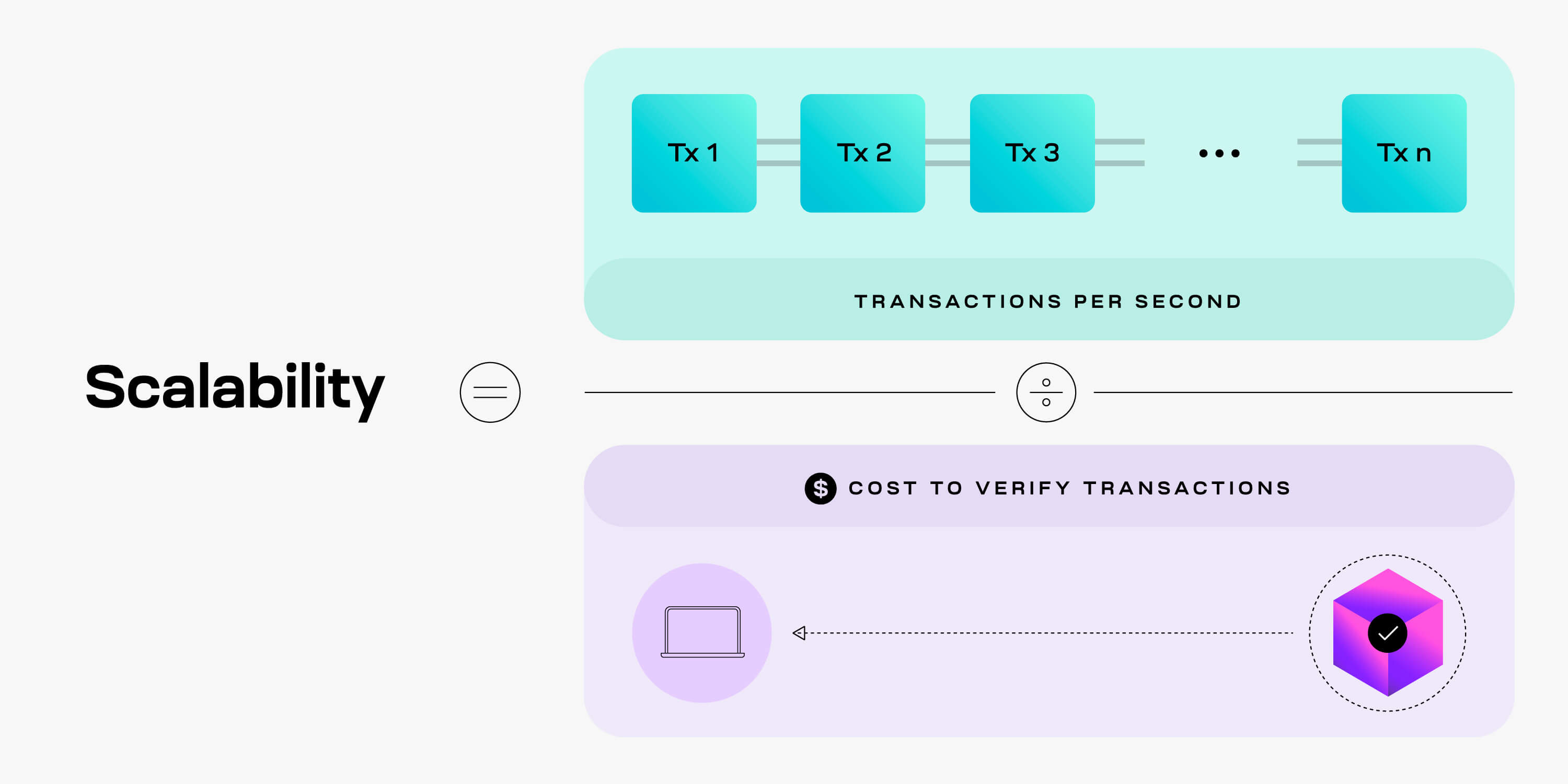Modular blockchains for beginners
Modular blockchains are changing the way we think of and build decentralized applications.
That’s pretty much what everyone says about their new blockchain tech. So, why care about modular blockchains? Why is this time different?
We could write a whole book about all the fantastic things that modular blockchains can do. But most people don’t have time to read a whole book, so we wrote this short article instead to give you the big picture.
Summary
1.
Modular blockchains prioritize decentralization for network security by reducing the cost for users to operate nodes and verify the network.2.
Scaling enables modular blockchains to increase capacity without making it costly for users to verify and secure the network.3.
A decentralized network of users are ultimately responsible for upholding the security of a blockchain in the presence of malicious validators.Introduction
Learning a concept by starting at its foundation provides the best path to reaching proficiency. Like any concept, modular blockchains are no different. They come with their own set of fundamental concepts that require understanding to grasp the advanced material. By beginning with the first principles of modular blockchains, their purpose and goals will become easier to understand.
Decentralization
One of the most important distinctions between blockchains and traditional distributed systems is that they are open and verifiable by any individual. A user can operate a node and personally verify that the blockchain is operating correctly. Nodes that fully verify the blockchain, such as full nodes, are critical to its security because they are responsible for ensuring that the rules of the chain are upheld.
Since verifiability is the core difference between web2 and web3 systems, we measure decentralization by the amount of users that can verify the chain directly themselves. More users running nodes increases decentralization which makes the blockchain more resilient to attacks. Modular blockchains prioritize decentralization for network security by reducing the cost for users to operate nodes and verify the network.
Scalability
As users increase, blockchains must also increase the number of transactions they can process. However, increasing the number of transactions a blockchain processes increases the amount of work required to verify the chain. If it becomes more difficult to verify the chain, then less people can run nodes and the blockchain becomes more centralized.
Transaction throughput measures how many transactions a blockchain can process, commonly referred to as transactions per second (TPS). To scale, a blockchain must increase the number of transactions it can process without an equal increase in the cost to operate a secure node.

If a blockchain can increase the number of transactions it processes without equally increasing the cost for nodes to verify the transactions, it is scaling. Scalability is a core property of modular blockchains which ensures they can increase capacity without making it costly for users to verify the network. Technologies like fraud proofs, validity proofs, and data availability sampling used in the modular blockchain stack enable nodes to verify transactions more efficiently than full nodes while maintaining equivalent security.
Security
While security covers a broad scope of topics, one fundamental aspect of blockchain security relates to the validators or miners. Most Proof of Stake blockchains have a validator set that encompasses a group of nodes responsible for processing transactions and adding them to the chain. To participate as a validator, Proof of Stake blockchains require that nodes stake tokens as a security deposit. To punish malicious validators, their stake can be burnt in a process known as slashing.
Blockchains can only tolerate a certain threshold of malicious validators until certain guarantees are lost. However, no matter how many validators act dishonestly, they can’t break the rules of the chain. With a robust, decentralized network of users verifying the chain, the malicious activities of validators will be detected and punished.
Punishment can be administered automatically through slashing, which reduces their stake, or through social consensus to fork away from the malicious validators. Ultimately, checks and balances on power and security are in the hands of users that verify and uphold the rules of the chain.